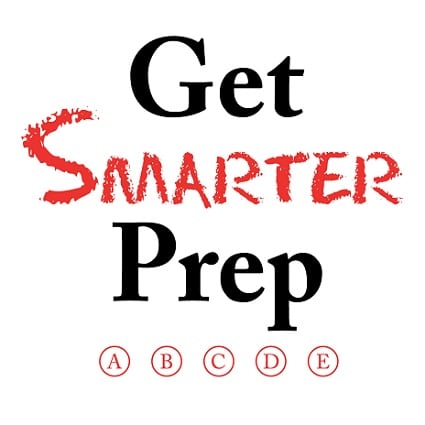Test-Optional Schools: Just how optional are those test scores?
Since the spring of 2015, 44 colleges have made the decision to drop the requirement of college admission test scores from their application process. According to FairTest, this brings the total number of test-optional colleges and universities to over 850. Unfortunately, it seems this growing trend in higher education holds more benefits for the schools who implement this policy than it does for their potential applicants.
Test-optional universities typically get a boost in the number of total applications received. In turn, this influx of applications results in more rejections which brings down the school’s acceptance rate, creating the illusion that the university has become more exclusive. Additionally, schools expect low scoring students to opt out of reporting test scores, which in turn could raise the average test score of the student population by removing many of the lowest scores from the equation. These statistics favorably impact college rankings for test-optional colleges.
Not all test-optional schools are created equally. The application process varies greatly from institution to institution. In fact, scores may not be optional for homeschooled students or in order to be considered for scholarships or financial aid packages. Many schools also require extra essays or minimum GPA requirements for students to forego the test scores submission process.
It is important to remember that even if you choose not to disclose your ACT/SAT scores when applying to a test-optional university, you will still be competing for admission with applicants who have submitted their scores for review. The general assumption schools make is that applicants who choose not to submit test scores do so out of fear that the score would weaken their application. Therefore, other aspects of the student’s application will be reviewed with a greater level of scrutiny. Test-optional schools are a great option for students who are otherwise well-rounded or who possess a specific skill or talent but perform poorly on test day.* The test-optional application process most certainly is not a simplified procedure but rather an alternative to the traditional path toward college acceptance.
*It’s important to note that while many students score lower than they anticipated,
only a very small percentage of students can’t improve their test scores in a meaningful way.



